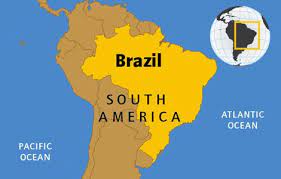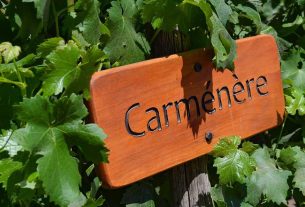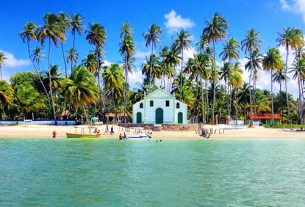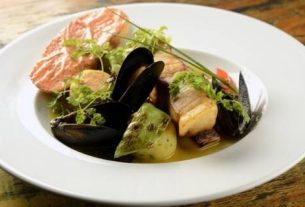It’s sunny and rains little throughout most of the year, so the tours can be enjoyed most of the time.
Just avoid the months of June and July when it rains practically every day. Summer is high season and the city is buzzing and restaurant and accommodation prices follow the hustle and bustle and tend to rise. The city hosts some events every year, such as the International Music Exhibition in Olinda, which always takes place in September; Art Everywhere between the months of November and December; São João, as it should always be in June; Holy Week in April and Carnival in February. For Carnival you need to make a reservation in advance.
Events and parties
Olinda is the stage for celebrations all year round. Almost every month the city changes color and hosts a different event. Among them, Carnival, São João Festival, music and literature festivals, craft fairs, Holy Week, dances and even serenades are held in the region!
Carnaval
This is the biggest street Carnival in Brazil, if not the country! Democratic, the celebration in Olinda is not restricted to catwalks with boxes and bleachers, electric trio with abadás and so on. The celebration takes place right in the street, bringing together the native population, tourists and giant dolls that mingle in synchrony along the cobblestone streets. Traditional dances include frevo, maracatu, samba, afoxé and caboclinho. Even those who don’t know take a few steps and immerse themselves in the northeastern culture. During Carnival week, several groups perform, with puppets on Tuesday and Bacalhau do Batata on Ash Wednesday.
Saint John
Always in June, São João colors the northeastern cities and in Olinda it is no different. Instruments with different chords and sounds mix in the streets, there are accordions, triangles and drums that form a unison sound. Quadrilles, cirandeiros, forró groups and owners of typical stalls fill the city’s squares.
Fenearte
In July, the National Crafts Business Fair – the largest of its kind in Latin America – brings together 60 thousand people, including tourists, natives and exhibitors. More than five thousand artists are arranged in stalls to show their work in ceramics, tapestry, basketry, layettes, carved wood, leather sandals, table runners, tablecloths and clothes with lace and embroidery and many others. Some lectures on popular art, fashion shows and creative workshops also take place. The event lasts ten days.
Art everywhere
Another event focusing on crafts takes place in Olinda. This is “Art everywhere” where, between November and December, local artisans and artists open the doors of their studios and invite tourists and other interested parties to see their work.
Flyport
Since 2010, FliPorto has been held in Olinda, although in the beginning it was in Porto de Galinhas (hence the name). This International Literary Festival of Pernambuco is similar to FLIP which takes place every year in Paraty in Rio de Janeiro. The great cultural intervention and its manifestations take the form of lectures with authors and book exhibitions. Always in November, national and international authors interested in literature participate in the event.
Mimo
On September 7th, the Independence Day holiday, Sé and Carmo squares become a stage for classical music. National and international artists perform in free concerts in courtyards and squares, sending the public into a frenzy. In addition, lectures, workshops and musical film screenings are also organized. The festival also usually takes place in other places in the northeast, such as Recife and João Pessoa.
Coconut Sambadas
Coco sambada is a rhythm of indigenous and African origin. The rhythm is made up of drums, rattles, tambourines, clapping and singing. The round dance makes the show more eye-catching and joyful. In the legacy of sambada, black people sang about their daily lives, nowadays, everything is valid. Once a month, these interventions take place in the Amaro Branco and Guadalupe neighborhoods with Dona Selma and Mãe Beth de Oxum with the traditional umbigada coconut.
Easter
It is one of the most popular celebrations of all. Despite the religious nature, people from all over the world come together to participate in the Procession of Steps that follow from the Igreja da Sé to the Igreja do Carmo. The city lights up with candlesticks, torches and candles. More than a million people, including tourists and faithful, take part.
sizzle
Every Friday at dusk, the serenaders on duty appear to the delight of the residents. In the Historic Center, they go from door to door with their guitars and percussion instruments to touch the hearts of lovers. Among the requests are MPB, samba, chorinho and viola moda songs.

Sign up for our newsletter and stay up to date with exclusive news
that can transform your routine!
Warning: Undefined array key "title" in /home/storelat/public_html/wp-content/plugins/link-whisper-premium/templates/frontend/related-posts.php on line 12
Warning: Undefined array key "title_tag" in /home/storelat/public_html/wp-content/plugins/link-whisper-premium/templates/frontend/related-posts.php on line 13




